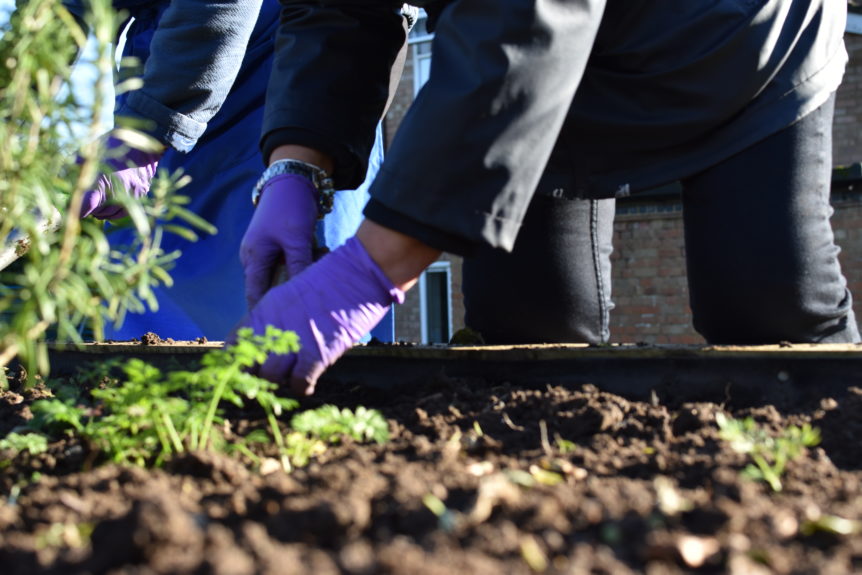News – 12 December 2022
At home there are many enjoyable ways to contribute to biodiversity, and these don’t have to be expensive or time-consuming.
Below are some garden tips that you may want to consider at this time of year. If you don’t have a garden, then even a house plant or a window mounted birdfeeder can bring enjoyment, and now is a really good time of year to grow microgreens or purchase chilli seeds to sow on a windowsill in February (choose smaller, more ornamental varieties).
- With the warm autumn, many plants have continued to flower. If you have not already cut things back, it is good to leave old flowers and foliage to stand over winter as every stem or seed may be a shelter of habitat for something. Cut down in early spring once the new growth starts to show.
- If you have some old branches, logs of untreated wood make an insect pile and allow it to rot naturally. This is especially important for encouraging beetles, some with beautiful iridescent colours. If you place some leaves on top or in the gaps, it can be used as snug bedding or food source.
- If you don’t have a pond or water feature, think about leaving a shallow bowl of water out for wildlife. Make sure this remains ice free during cold spells.
Winter is a time for gardeners to slow down and take stock. So maybe over Christmas have a think about how you would like your garden to develop next year. Consider using plants that will make the flowering season as long as possible, as this will provide a good source of nectar. Instead of annual plants that require a lot of care and attention, not to mention expensive replacement, consider perennial plants that will grow each year. Research on the web or look at labels at garden centres to find plants that are good for insects, winter hardy and also plants that require less water.
As part of your planning, consider structure, leaves of different shapes and colour and plants of different heights. Not only does this make your garden more interesting to look at, but it helps provide a wide diversity of habitats for wildlife.
For more ideas see:
www.wildlifetrusts.org/actions/how-start-wildlife-garden-scratch
www.countryfile.com/how-to/outdoor-skills/how-to-make-your-garden-wildlife-friendly/



